-
Best, First, Favourite
On Reconcilable Difference #221, Merlin and John introduced the concept of “Best, First, Favourite”. For a particular category, which would you consider the best (i.e. closest to a perfect representation of that category, in however you define it), which would you recommend someone who’s interested in starting should experience first, and which one is your favourite. I thought it was a fun idea, so I’ve put together a few of my own. Continue reading →
-
Trying a new commute. Getting off a station early and walking a bit along the river. Bumps the walking time from 20 minutes to half an hour, but might be more consistent.

-
There are too many people using power-tools around here. 🙉
Where:
- “power-tool” is defined as any powered device that is not a lawnmower, and
- “too many” is defined as any number greater than zero.
-
Got an idea for a new feature for Dynamo-Browse. Began working on it this evening, starting with the UI:
Recorded using VHS.
-
🎵 Epic Grandpa, by Izioq
This has been a bit of an earworm recently, after hearing it in this YouTube video (thank-you to those who credit composers in their videos). I think the Mellotron was the hook for me. Reminds me of Phaedra.
-
Manuel Moreale post on ad blockers got me thinking about how Gruber tries to record ads for the Talk Show that people might actually enjoy listening to (it works; I listen to them). Maybe that’s the approach others should take for their ads, rather than try to force readers/watchers to turn their ad blockers off.
-
Feeling a bit of nostalgia for Half-Life today, given all the talk surrounding its 25th anniversary. It remains one of my favourite games, and one that I remember having a lot of fun modding and building levels for (not that they were any good). Should try and dig those levels up.
-
Idea For Mainboard Mayhem: A Remote Pickup
Sort of in-between projects at the moment so I’m doing a bit of light stuff on Mainboard Mayhem. I had an idea for a new element: a remote control which, when picked up, will allow the player to toggle walls and tanks using the keyboard, much like the green and blue buttons. I used ChatGGT to come up with some artwork, and it produced something that was pretty decent. Prompt: pixel art of a remote control with a single red button styled like the tiles found in Chips Challange, rotated 45 degrees to the right. Continue reading →
-
Ah, it’s good to be back home, walking familiar trails once again. 😌

-
Walked the Green Corridor, which runs along the old KTM Railway, with a few people from work. Really enjoyed it. Total distance was 17 km, which was a little rough in the tropical weather.
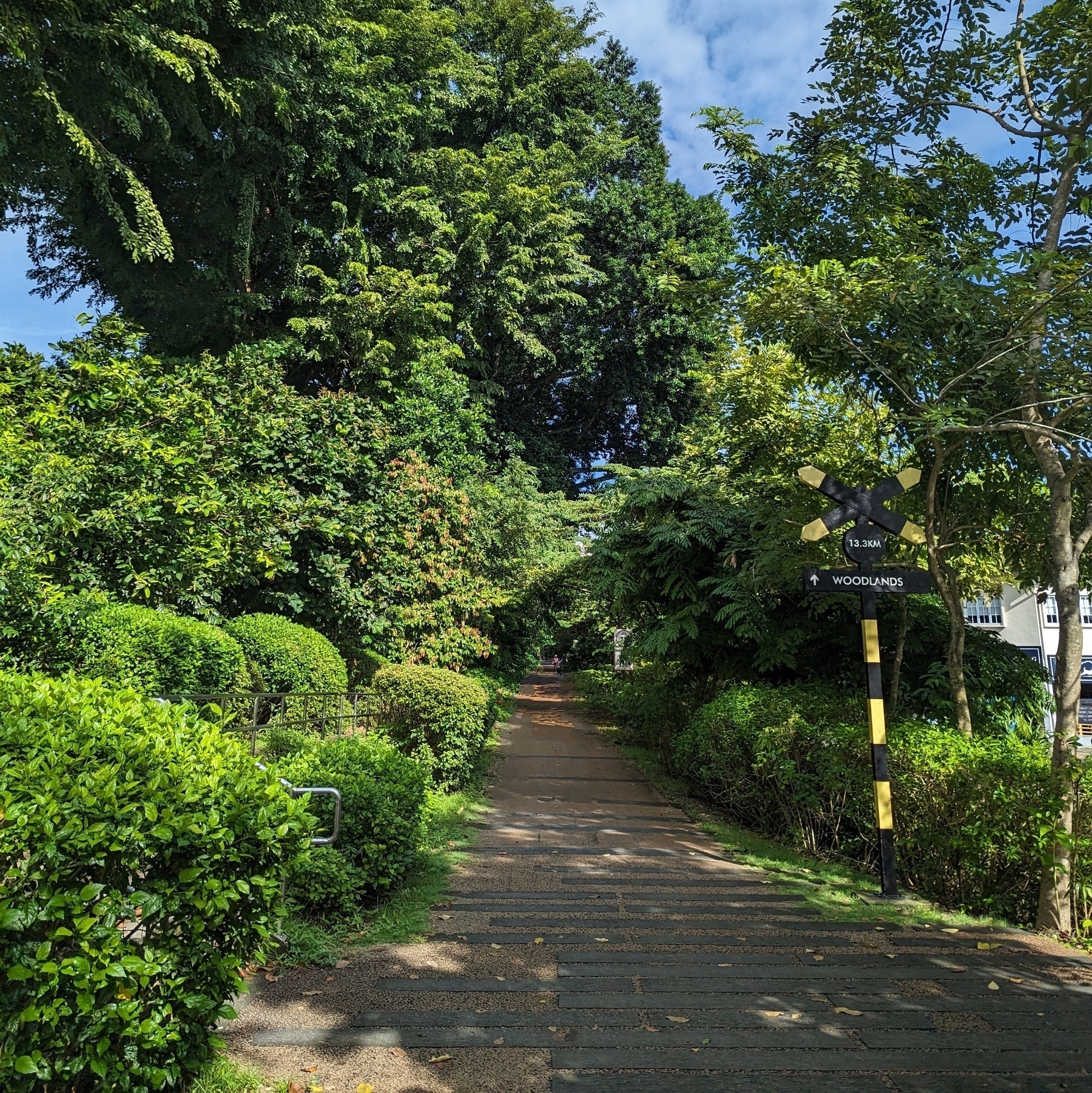
-
Seeing everyone blog (yes, actually blog) about their default apps over the last two weeks has been absolutely wonderful. Robb has been doing a fantastic job maintaining an index of these posts, and has now added a network graph showing the links between them. Works great.
-
A Few Thoughts On Using iA Presenter
Well the “big presentation” was today, the one I thought would be a good canditate for trying out iA Presenter. And after spending the last couple of weeks preparing for it, I’d thought it would be good time to give my thoughts on how it worked for me. First, I must say that I can appreciate using an app that is opinionated. This is not a drop-in replacement for Keynote1: the app really does try and steer you towards a particular presenting style. Continue reading →
-
Wheels and bridges.
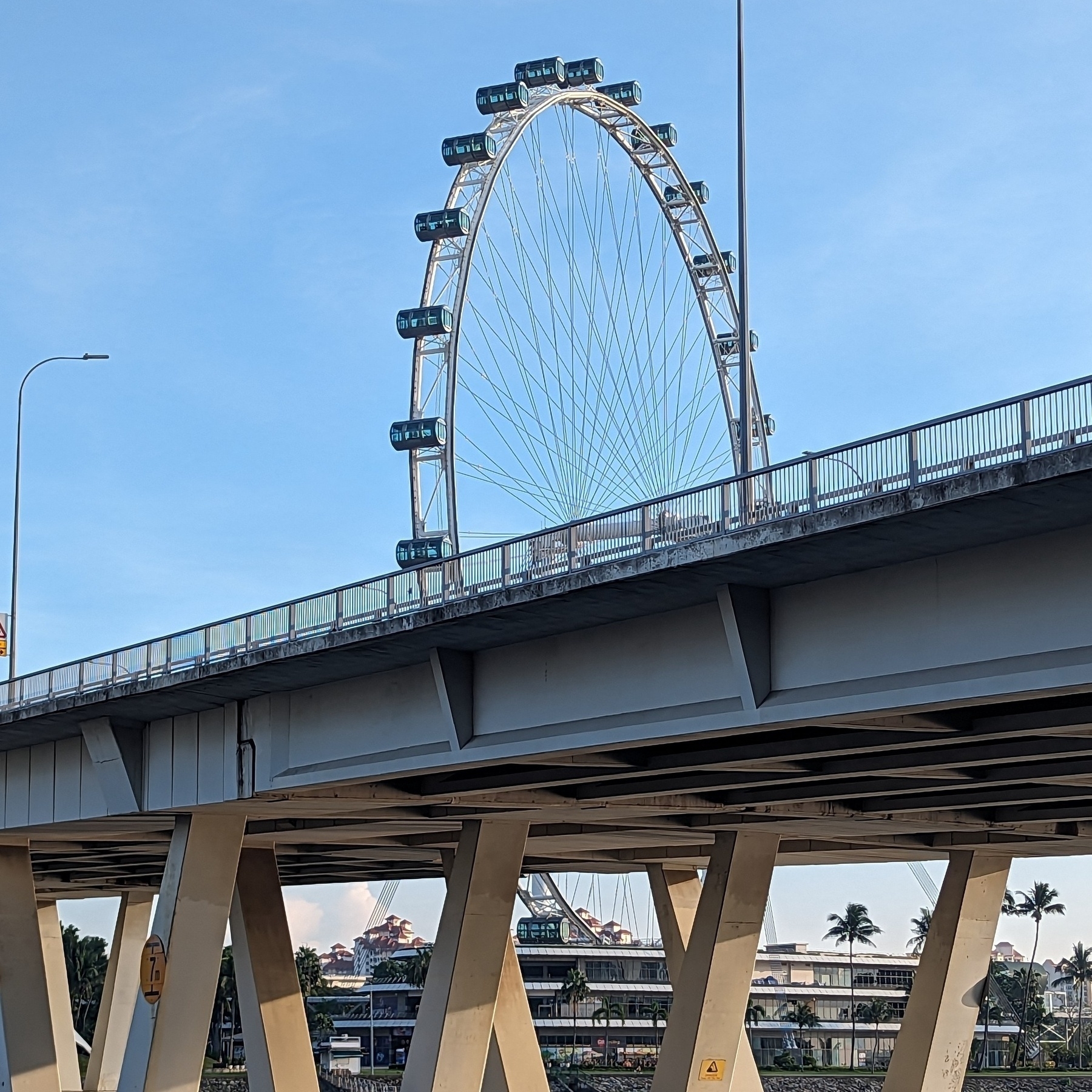
-
One thing that thrills me about visiting somewhere new is seeing the little things you can also find at home, such as these pedestrian crossing buttons. They even make the same noises, although the patterns are slightly different.
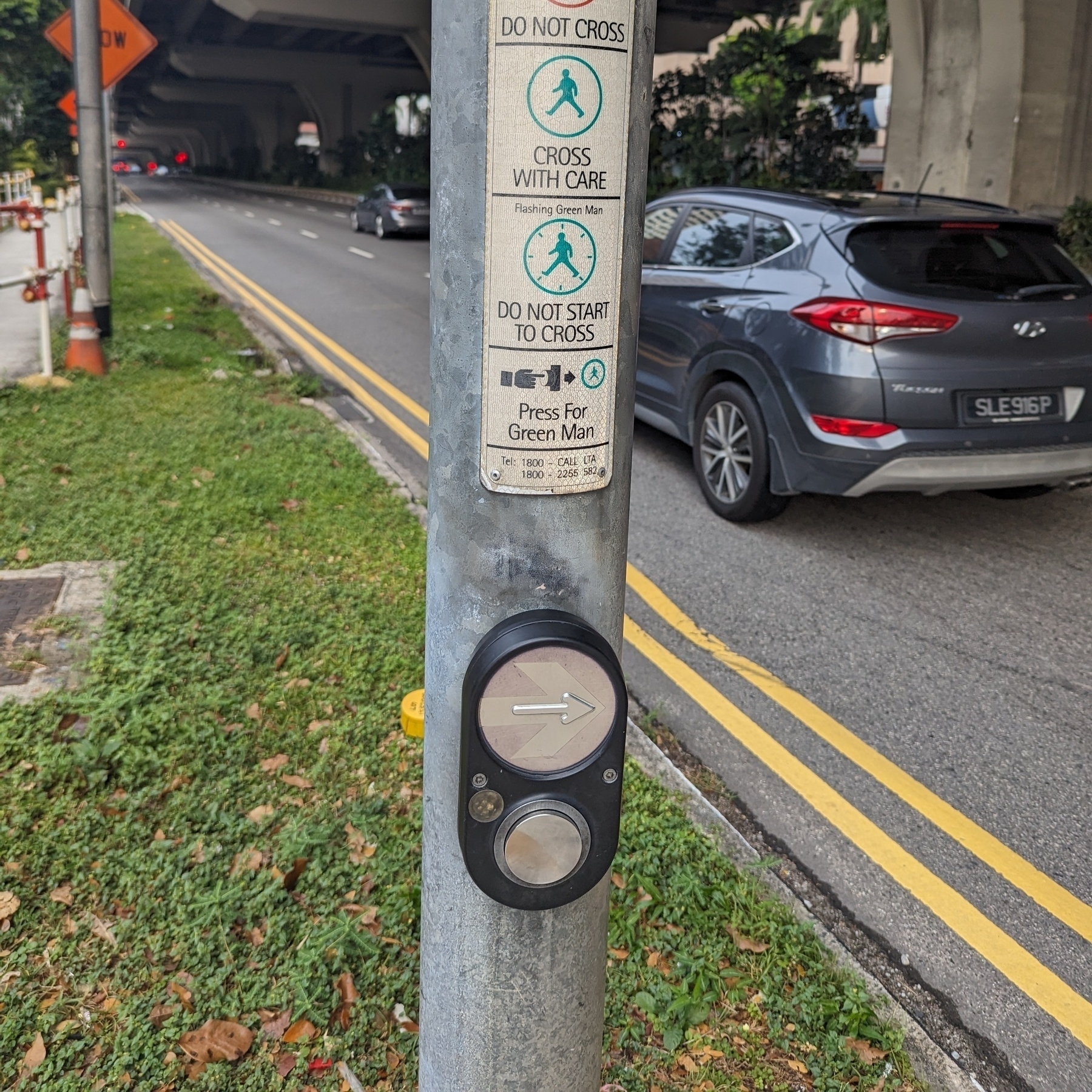
-
Morning walk around the southern end of Singapore. Love walking through the green areas of the city. Very quiet and peaceful. Also, the Singapore Flyer is to the east of the Downtown Core, not the south. 🤦♂️
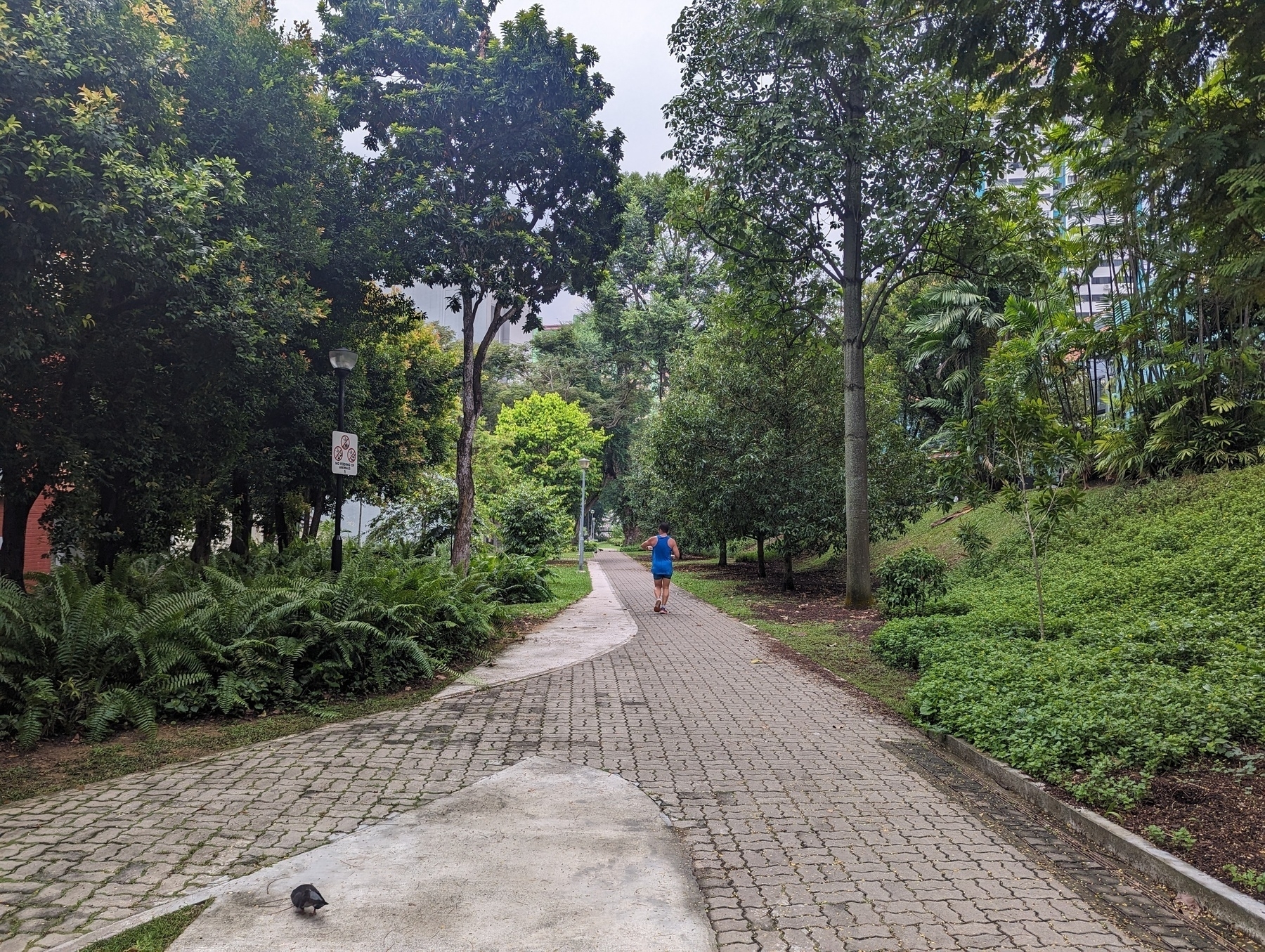
-
Had the pleasure of taking the ferry to Batam, Indonesia to see how my employer builds hardware. Wow! It’s absolutely amazing. To see something become tangible like that. Certainly difficult to get that feeling in cloud software.
-
I don’t like these pod coffee machines for a number of reasons. Today’s reason is that it took me 5 minutes to work out how to turn the damn thing on. Guess which one of these is the power button. Hint: it’s not one of the obvious buttons. 🤦♂️
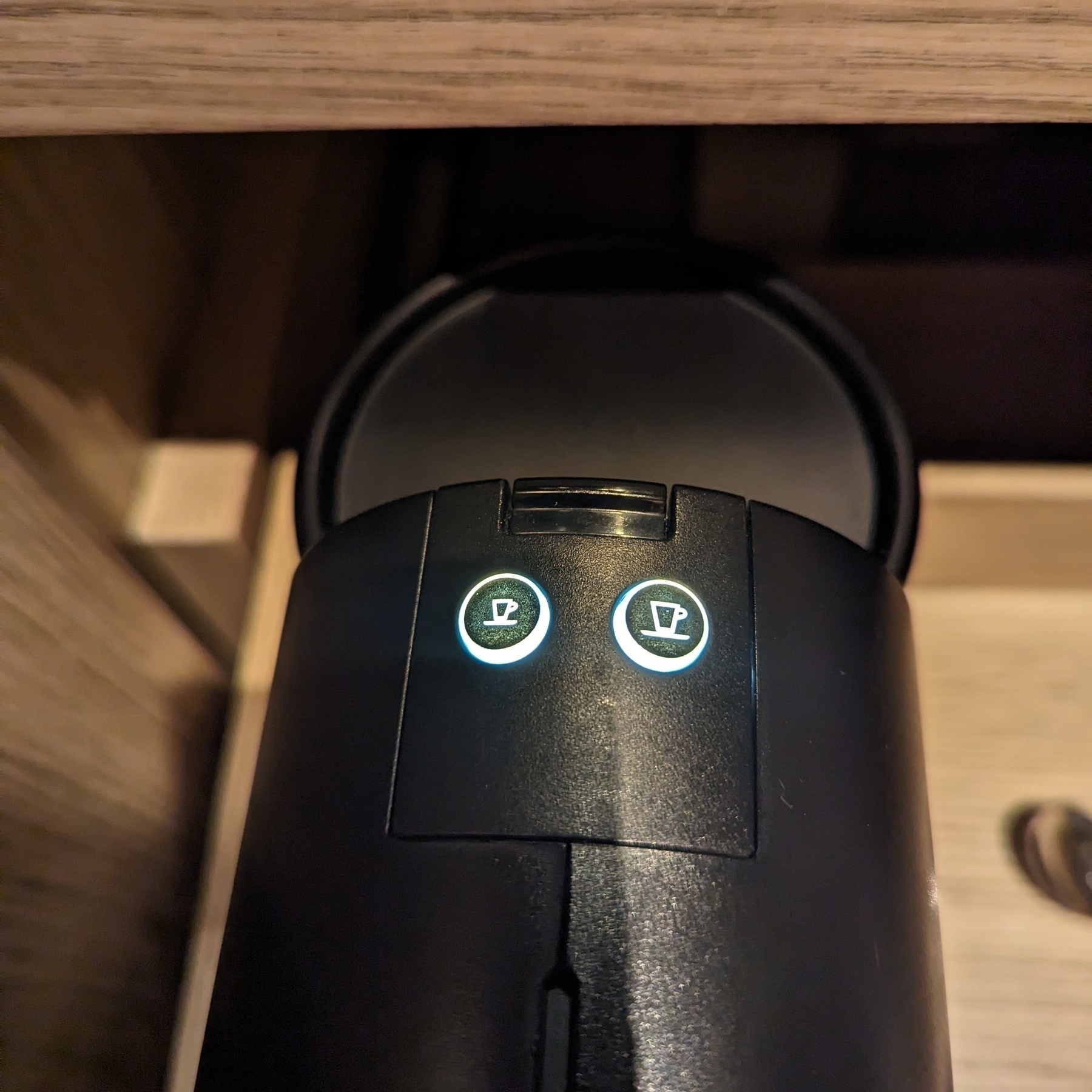
-
Greetings from Singapore. 🇸🇬
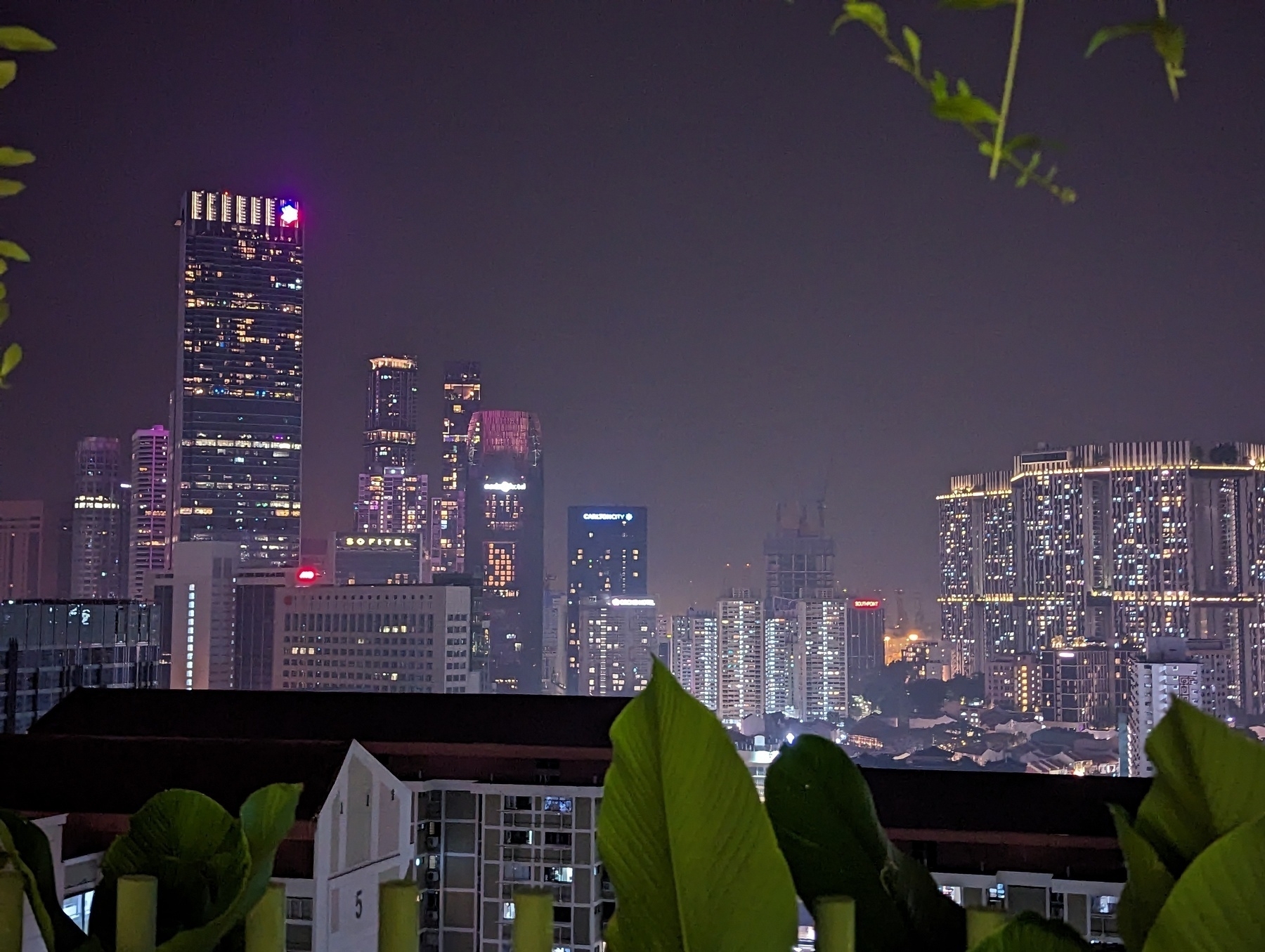
-
Resurrecting Untraveller And Finishing The RA-V Mission Posts
It’s been 10 years to the day when I had the opportunity to tour the Pacific as part of my job at the Bureau of Meteorology, the so call “RA-V Missions”. This last month or so, I’ve been writing about them in my journal, trying to get it all down before I forget. I had grand plans of publishing them on a travel blog, which I shelved a couple of months ago. Continue reading →
-
It was in my day you had to download what you wanted to read, watch, or listen to before you got onto a plane.
-
I’m wondering if peoples love of a piece music has less to do with the music itself and more to do with positive associations with it. By today’s standards Phaedra should be completely unlistenable, and yet it’s remains one of my favourite albums in my collection, chiefly because of associated memories of listening to it amongst beautiful scenary.
Then again, it’s also a great album from the technical sense. Despite being very abstract, there’s still a lot there to tickle your ear, so to speak.
So maybe it’s a bit of both.
-
Trying out the image generator in ChatGPT (which I think is just DALL-E). A few friends of mine will get this reference.
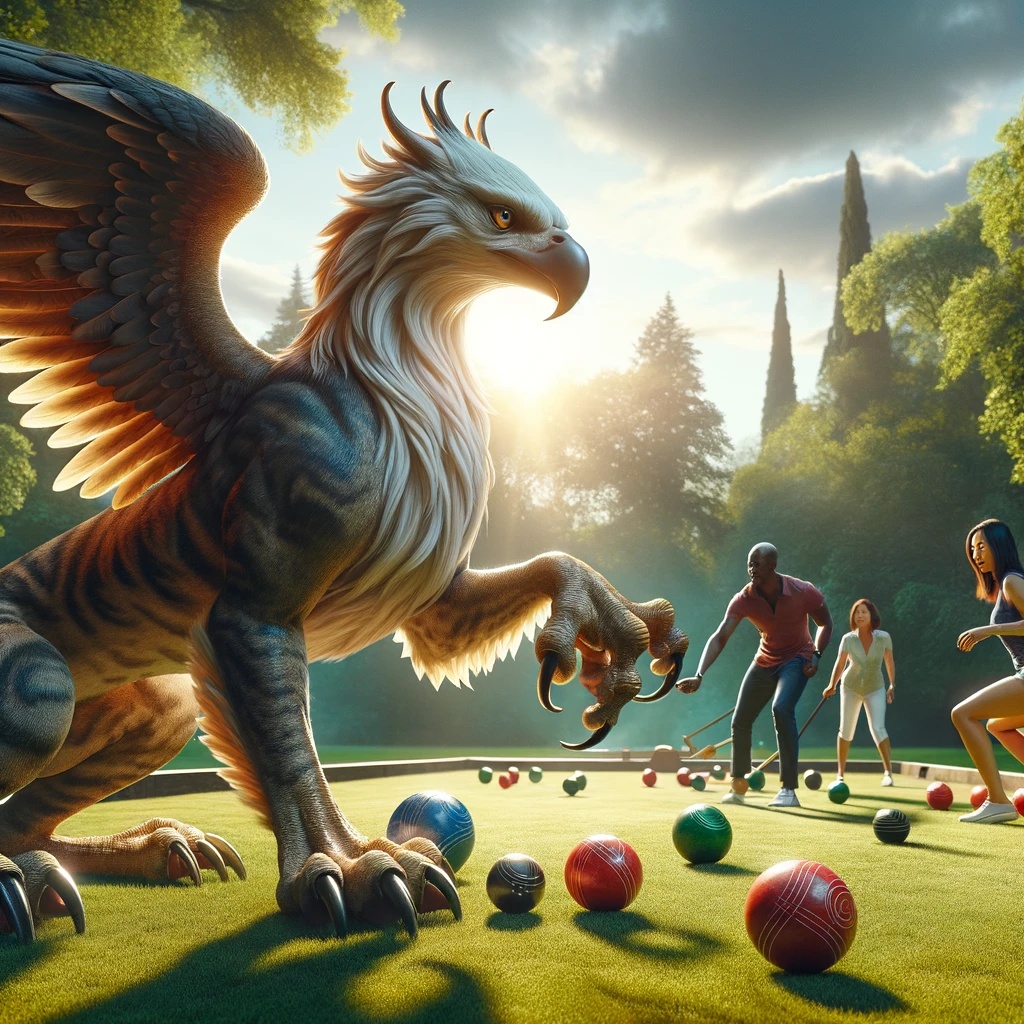
Prompt: an image of a griffin playing bocce in the park with two other people. -
I’ve been watching a lot of retro-computing YouTube videos recently and I find it amazing to think that much work involving a computer back then was to prepare something destined to be printed out. How things have changed. I can count on one hand the number of times I’ve used a printer this year.
-
Found this on the footpath during my afternoon walk (almost too late I might add). I’m guessing it’s a blue-tongue, based on its size and markings.

-
One last day trip today. Went down to South Gippsland to do part of the Great Southern Rail Trail. Entered the trail at Koonwarra and walked for an hour towards Meeniyan, before turning back.


This is an older part of the trail, so unlike at Leongatha, there’s not a lot of rail infrastructure remaining. There are still some old telegraph poles though, which makes for interesting photo subjects.


The trail now goes all the way to Loch so after lunch I entered the trail there and walked along it for another hour or so. You can get to it by crossing the suspension bridge at the memorial reserve.



The day was a little warm but otherwise very nice. Some stormy weather was beginning to form near the end. I managed to stay dry, but it slammed into me during the drive home.